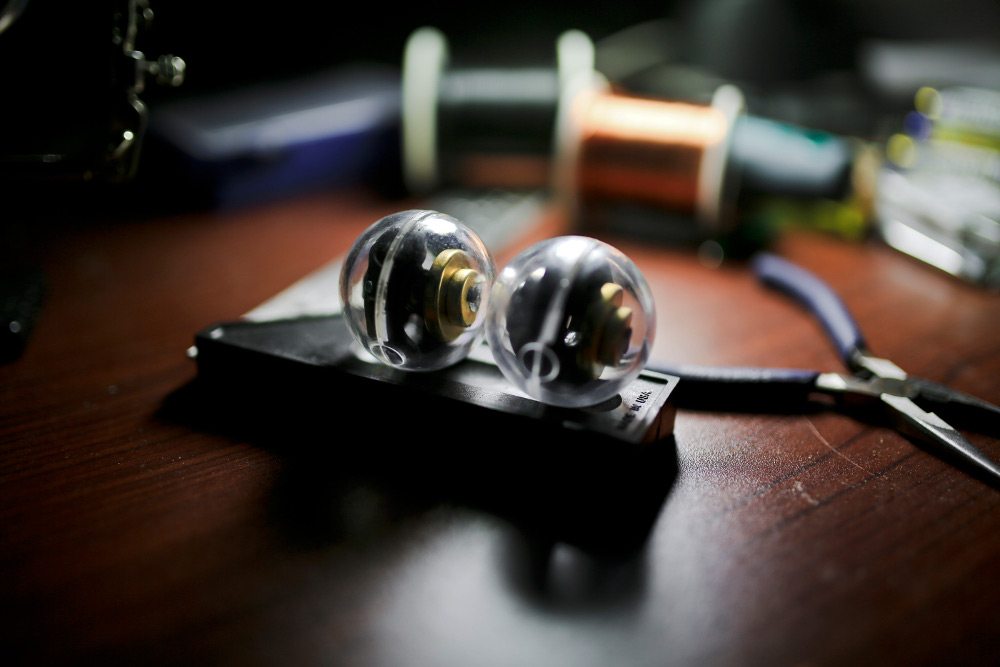
When we hike, my 5-year-old daughter wants to play math quiz. I ask her things like, “If there are eight legs in a family that includes one dog, how many people are in the family?” And this helps take her mind off the miles. She likes math. She thinks she’s good at it. And I’m terrified that as she enters kindergarten this fall, her confidence and eventually her skills will start to erode.
Which is why I was interested to run across an article published last week in the journal Child Development showing that not only are girls as young as six prone to subconscious biases that can hurt their math ability, but this bias can be wiped clean, leaving attitudes and skills functioning at their fullest.
First, you might already know about stereotype threat. This is the idea that we hold within us the fear that we might accidentally act in ways that confirm stereotypes about ourselves, and that these fears are like magnets that pull us toward the very stereotypical actions we hoped to avoid. Researchers like University of Chicago’s Sian Beilock show that this stereotype threat literally claims space in our working memory – the brain’s workshop for everything we do in the moment. And with stereotype threat claiming a “chunk” of working memory, we’re left less space for the mental manipulations that express themselves as intelligence.
For example, if my daughter starts (subconsciously!) worrying that a wrong answer might confirm that girls are bad at math, she has less brain space available to ensure she’s good at math. You can imagine other stereotypes and the ways in which this reduced working memory capacity can make them self-fulfilling. It’s a vicious trap. Simply knowing a stereotype makes it difficult to counteract it.
Last week’s study in Child Development showed, for the first time, the power of this stereotype threat even in kids too young to consciously endorse stereotypical beliefs. Working with 276 first-graders (average age 6.5 years old), researchers Silva Galdi, Mara Cadinu and Carlo Tomasetto first wondered if kids this young thought boys were better at math. Turns out they didn’t – consciously!
But maybe you’ve heard of implicit associations tests? If you haven’t, check out Project Implicit, hosted by Harvard. The test measures, for example, how quickly you associate black male faces with good words. Or white male faces. Or female black and white faces. Your implicit association speed can show your bias. (And is fascinatingly correlated with opinions you express on a quiz that precedes the IAT itself.)
In the current study, a kid version of the IAT showed that yes, indeed, even kids as young as first grade associate boys with math and girls with language.
Then the researchers had the kids do some coloring. A third of the kids colored a picture showing a girl solving a math problem at a blackboard while a boy sat in the front row watching. A third colored a picture of a boy solving a math problem while a girl watched. And a third colored a landscape. Then the researchers had kids do math. Do you see where this is going?
Girls with stereotype threat subconsciously boosted by coloring the picture of a math-active boy and a math-passive girl added numbers more slowly and with less accuracy than girls who’d been hit with a Danica McKellar coloring task. The boys? Meh. At least in this task, it seemed as if first grade dudes were still pretty oblivious to mind-punking via gender stereotype.
There’s beauty as well as horror in this. The horror is obvious: even in first grade, girls feel the pull of the subconscious stereotypes that can send math skills down the funnel. But the beauty is this study confirms that gender-based math stereotypes aren’t genetic or otherwise “natural.” Blame culture: Girls aren’t worse at math – after a simple coloring task that debiased this stereotype threat, girls’ math skills were perfectly equal to their math-stereotype-oblivious male counterparts.
In other words, my daughter’s love of and confidence in math needn’t erode as she ages. That is – you know – if my wife and I, all her friends, her brother, her teachers, and the models of society that surround her feed my daughter the equivalent of the girl-active coloring page.
I’m not betting on society. And so I’m gonna do my darndest to keep feeding her “math quiz” as we hike in hopes of stomping that girl-passive math stereotype into the trail before my influence fades and society’s takes over. Like an MMR vaccine, I hope that by stuffing my little girl with expectations for math success I can inoculate her against the negative coloring pages society continues to put on her desk.




My wife and I raised a math/engineering girl. Be strong and be prepared to intervene regularly.
Thanks for this! My little girl is going to see from her parents every day that, boy or girl, you can do whatever interests you.
Cheers, Ryan and Chris! We’re planning a hike this weekend and I’m getting my math quiz questions ready now!
I address the stereotype bias and more in Transforming Your STEM Career Through Leadership and Innovation: Inspiration and Strategies for Women (ELSEVIER Academic Press) to highlight how this continues to affect women who have chosen to pursue STEM careers and what they can do about it. Kudos to you for emphasizing the need to instill awareness at a young age! http://pamelamccauleybush.com/
I also encourage you to teach her to self inoculate. As a woman in STEM, I actively seek out other women to inspire me and organizations of women to encourage me. Took me a long time to realize I needed to play an active part in negating my own stereotype threat. Of course, I was lucky to have parents much like you to build a foundation of confidence 🙂